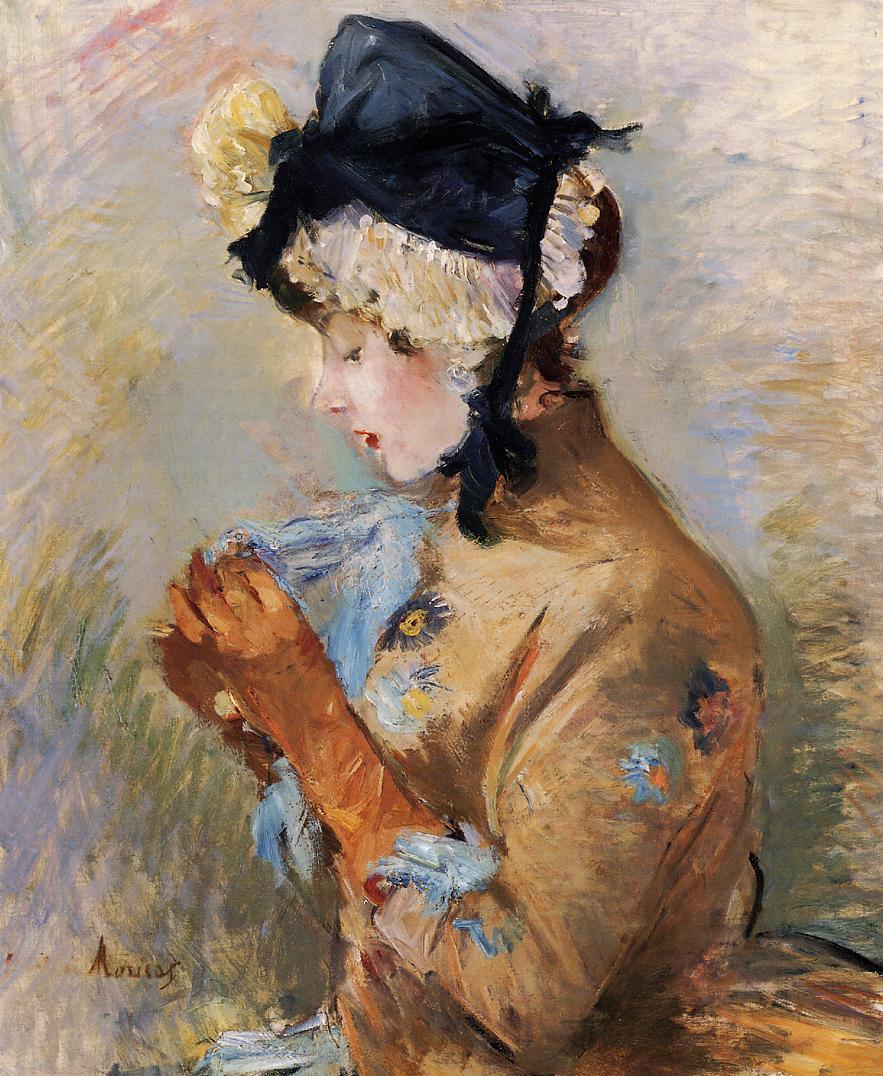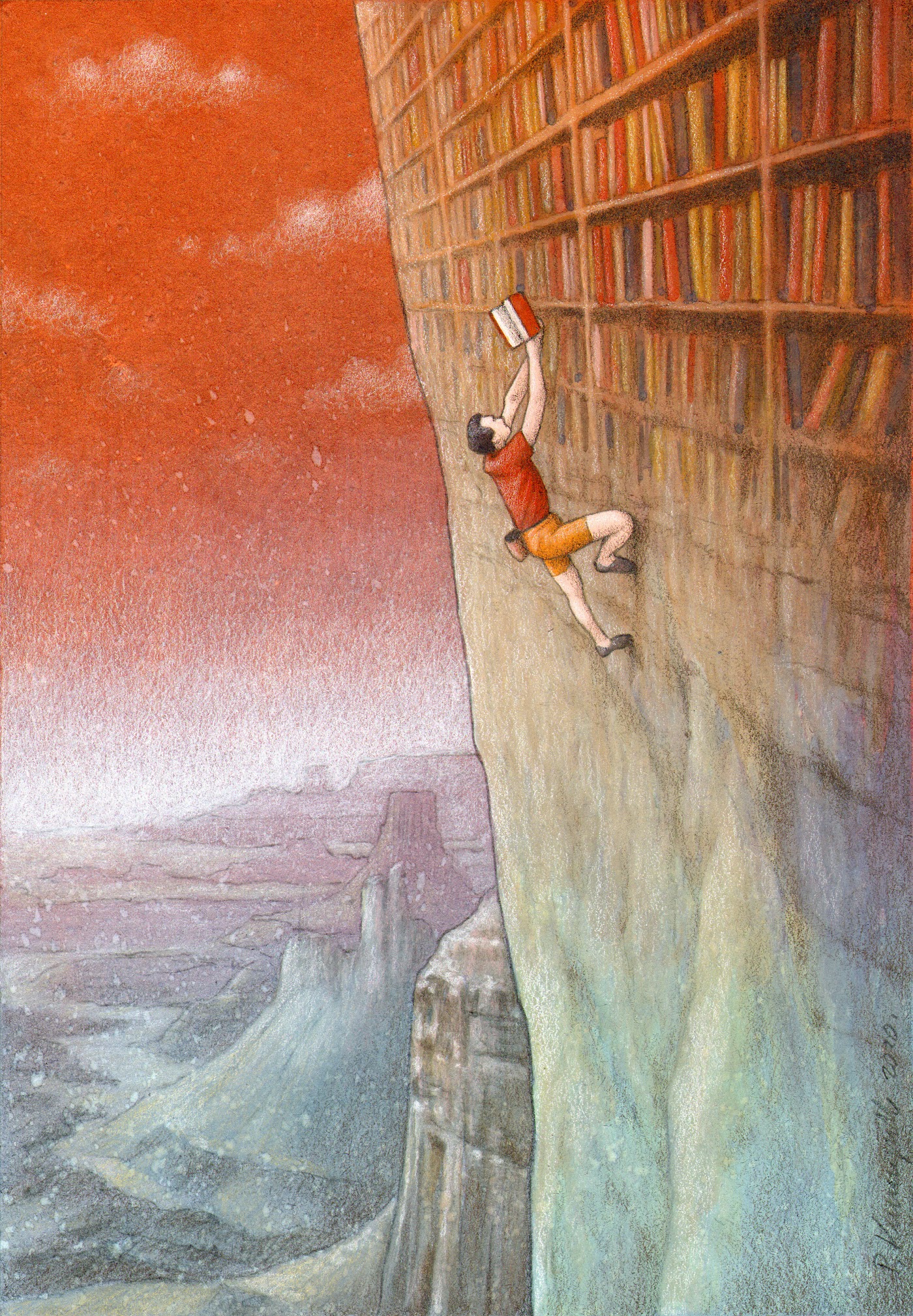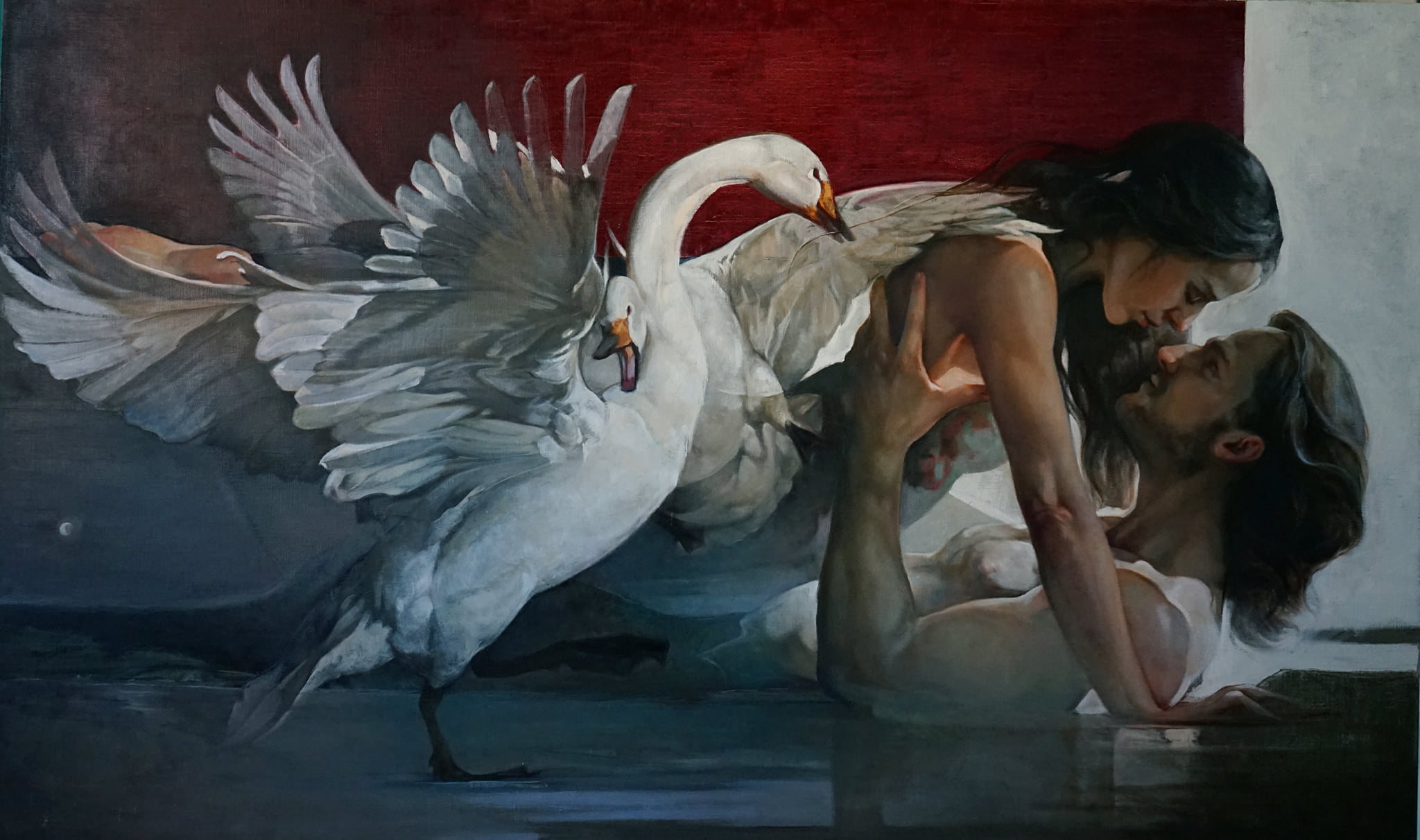Berthe Morisot was an essential figure in the Impressionist movement (a small group of inventive creators who organized independent exhibitions in protest against established art institutions in Paris).
Morisot’s paintings are visual poems.
Staying true to the tenets of impressionism, at first glance, you immediately notice her loose brushstrokes and colors that reflect the hues of nature.
Then, you realize later the absorbing quality of her work. Her paintings are hard to stop thinking about when you leave them.
Why?
Because Morisot had an understanding of women and their experiences that was uncommon for an artist at the time.
She painted women existing in their everyday lives in a way that was not present in the work of her male counterparts.
Rather than simply looking at these women, in Morisot’s work, you take time to think about what it’s like to be them and in their world. | National Gallery of Art

.jpg)






.jpg)